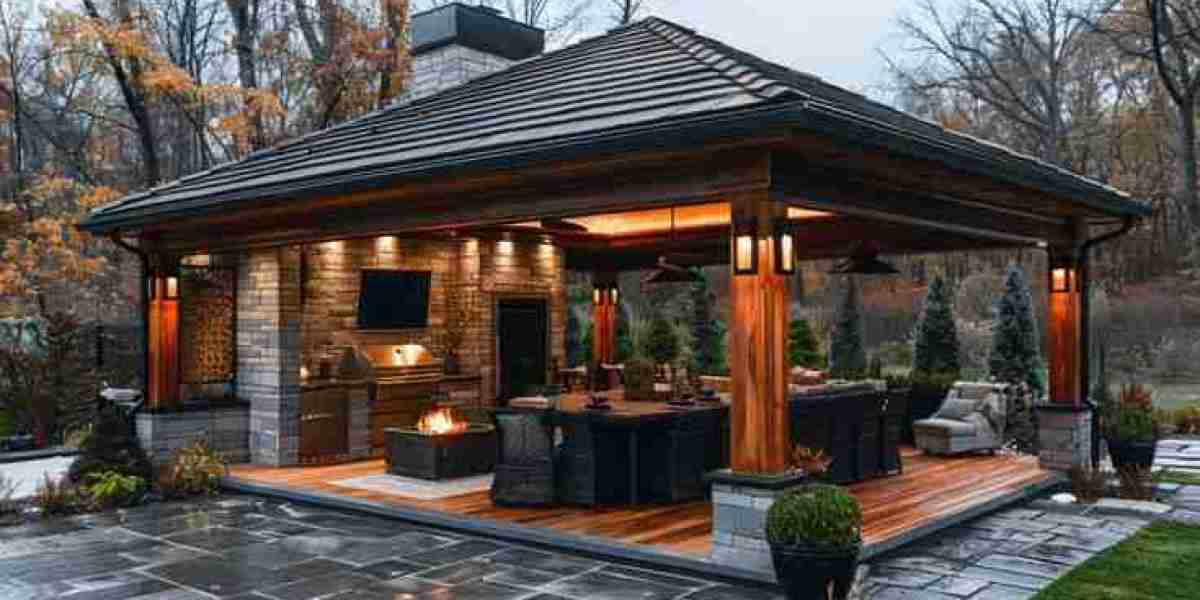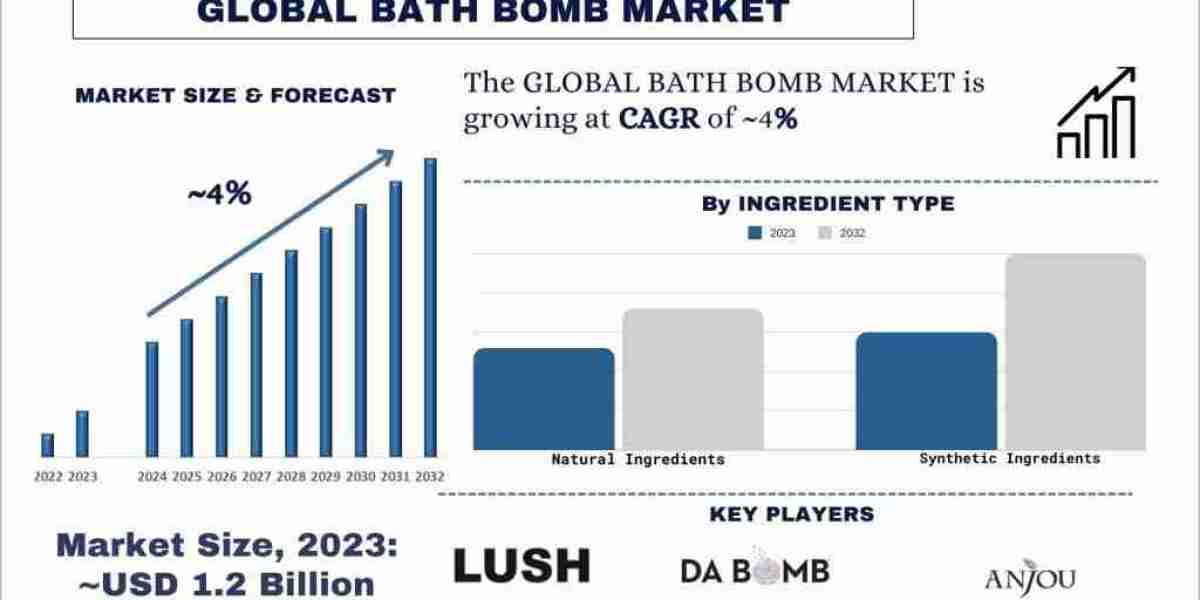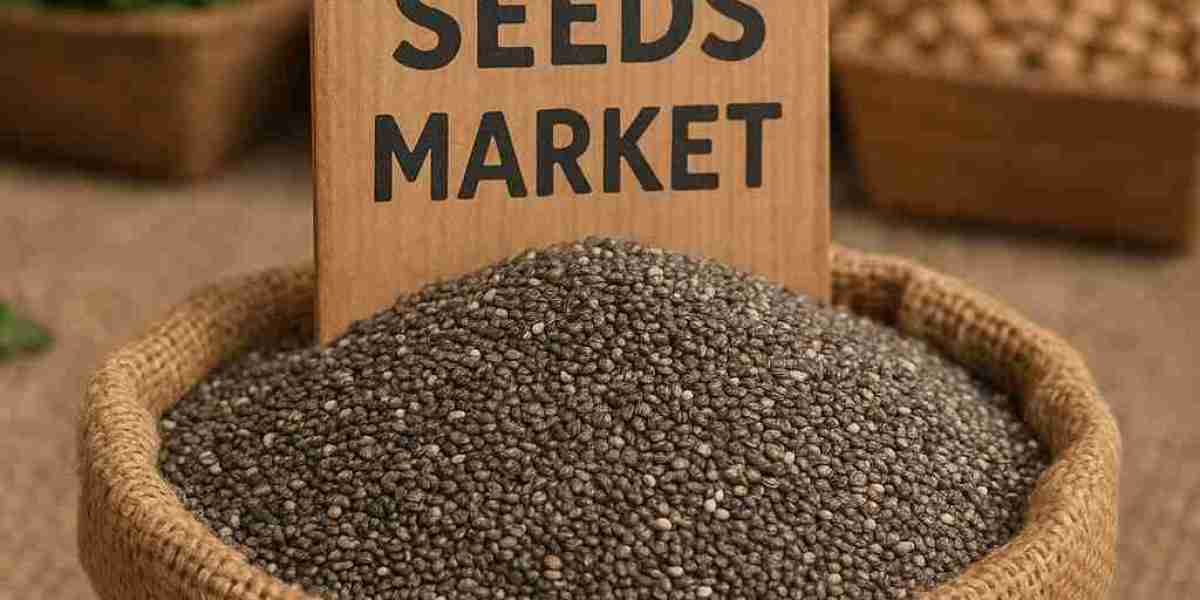When planning to add a deck to your home, one of the most important decisions you'll face is choosing the right decking material. The material you select will impact the aesthetics, longevity, cost, and maintenance requirements of your deck. In this article, we’ll explore various decking materials to help you make an informed decision for your outdoor living space.
1. Wood Decking: Classic and Timeless
Wood has been a popular choice for decking for centuries, and it remains a top contender due to its natural beauty and warm, inviting appearance. Among wood decking options, there are several types of wood to consider:
Pressure-Treated Lumber
Pressure-treated lumber is the most affordable option for wooden decks. It’s chemically treated to resist rot, insects, and other forms of decay. The most common wood used is Southern Yellow Pine, which is widely available and provides a natural look. However, pressure-treated wood requires regular maintenance, including sealing and staining to protect it from moisture and UV damage.
Cedar and Redwood
Cedar and redwood are naturally resistant to decay and insects, making them a high-quality option for decking. These woods have rich, reddish hues that can add beauty to any outdoor space. Though they’re more expensive than pressure-treated lumber, they require less maintenance and are more durable. However, periodic cleaning and sealing are still necessary to maintain their appearance and prevent damage.
Tropical Hardwood
Tropical hardwoods such as Ipe, Teak, and Mahogany are extremely dense and durable. These woods are resistant to rot, insects, and the elements, making them ideal for outdoor use. They’re perfect for homeowners who want a luxurious, high-end look. However, tropical hardwoods come at a premium price, and they require regular care to maintain their color and texture.
2. Composite Decking: Low-Maintenance and Durable
Composite decking has gained popularity in recent years due to its low maintenance and long-lasting qualities. Made from a blend of wood fibers and plastic, composite decking combines the best of both materials, offering the appearance of wood without the need for regular sealing, staining, or painting. Some popular brands of composite decking include Trex, TimberTech, and Fiberon.
Pros of Composite Decking:
- Low maintenance: No need to sand, stain, or seal.
- Durability: Resistant to moisture, insects, and rot.
- Environmentally friendly: Made from recycled materials.
Cons of Composite Decking:
- Cost: It tends to be more expensive than wood.
- Color fading: Over time, the color of composite decking may fade, especially with exposure to sunlight.
3. PVC Decking: A Plastic Alternative
Polyvinyl chloride (PVC) decking is another synthetic option that offers many benefits. Unlike composite decking, which contains a blend of wood and plastic, PVC decking is made entirely of plastic. It is highly resistant to moisture, mildew, and insects, making it a great choice for wet climates.
Pros of PVC Decking:
- Low maintenance: No staining, painting, or sealing required.
- Durability: Extremely resistant to rot and decay.
- Variety of colors and textures: Available in a wide range of colors and finishes.
Cons of PVC Decking:
- Heat retention: PVC decking can become very hot in direct sunlight, which may not be ideal for barefoot use.
- Cost: Like composite decking, PVC tends to be more expensive than wood.
4. Aluminum Decking: Modern and Strong
Aluminum decking is a more modern alternative to traditional materials. It is made of lightweight, rust-resistant metal, which makes it incredibly durable and long-lasting. Aluminum decking also doesn’t require sealing, staining, or painting.
Pros of Aluminum Decking:
- Durability: Highly resistant to the elements, including corrosion and rust.
- Low maintenance: No need for regular maintenance.
- Fire-resistant: Aluminum is fire-resistant, making it a safe choice in areas prone to wildfires.
Cons of Aluminum Decking:
- Cost: Aluminum decking is often more expensive than both wood and composite options.
- Color options: Although available in several colors, aluminum decking options may be limited compared to other materials.
5. Concrete Decking: Unique and Low-Maintenance
While concrete isn’t as common for decking, it offers a modern and highly durable option for homeowners looking for something unique. Concrete can be poured into molds to create custom shapes and textures, and it’s incredibly low-maintenance once installed.
Pros of Concrete Decking:
- Durability: Extremely long-lasting and resistant to the elements.
- Versatility: Can be customized with various finishes, patterns, and textures.
- Low maintenance: Doesn’t require sealing, staining, or painting.
Cons of Concrete Decking:
- Cracking: Concrete can crack over time, especially in regions with fluctuating temperatures.
- Cost: Installation costs can be higher compared to other materials.
Conclusion: Choosing the Right Decking Material
The best decking material for your home will depend on your budget, the climate in your area, the amount of maintenance you’re willing to perform, and the aesthetic you want to achieve. Wood decking offers a classic, natural look but requires maintenance. Composite and PVC decking are low-maintenance and long-lasting, while aluminum provides a modern, durable option. Concrete decking, though less common, offers unique designs and extreme durability.




